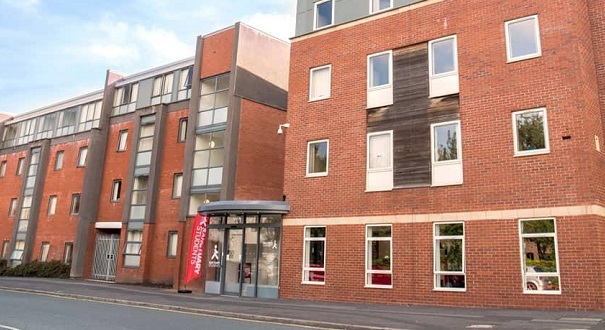
Rental properties are in high demand in the UK, with more and more people on the hunt for affordable properties for rent all across the country. Many tenants are looking for cheaper renting options, especially in expensive areas such as London, and HMOs can offer a more financially friendly option for renting privately.
It is expected that HMOs will be on the rise over the next few years, as more and more tenants look for affordable and shared properties. This guide covers everything you need to know about HMOs, including what an HMO is, the different types of HMOs, and what makes the pros and cons of investing.
What is an HMO?
HMO stands for House in Multiple Occupation and refers to accommodation that is owned by a landlord and shared among multiple tenants. Any property that has more than three tenants living it, and a shared bathroom, toilet or kitchen is likely to be an HMO. Members of the same family living within a property are considered a household instead of HMO tenants, but if there are three tenants all unrelated and living in three separate rooms, then they would likely be in an HMO property.
Most student accommodation falls into the category of HMO, as do hostels. In basic terms, for a property to be considered an HMO, there must be rent being paid, and the home must be the tenant’s main place of residence.
Tenants living in an HMO will all live independently of one another and will share some of the property amenities such as the living room, garden, bathroom or kitchen. HMOs are often referred to as shared accommodation, and the property type could be anything from a flat to a boarding house. It is also possible to have a large HMO property, and this is a home that is at least three storeys, houses at least five tenants, and these tenants share bathroom and kitchen facilities within the property.
HMOs are designed for tenants that are looking for a more affordable place to live and were traditionally used by students and those with very low incomes. In recent years as rental costs have increased, HMOs have become increasingly popular among young professionals.
What are the types of HMO?
Nearly any type of property can be an HMO if it is large enough to house three or more tenants. These are the main types of properties that are likely to be an HMO:
- Shared houses with three or more tenants
- A number of bedsits in one building
- Lodgings
- Hostels
- Shared flats and individual shared self-contained flats/cluster flats
- Blocks of converted flats
- Privately owned halls of residence
- Accommodation for employees
- Refuges
- Migrant accommodation.
Many HMOs require a specific licence, and this can depend on the number of tenants, the size of the property, and the area that the property is in. If you are considering investing in an HMO, be sure to check if a HMO licence is required.
Are HMOs a good investment?
When you are looking for a property to invest in, then choosing an HMO can be a good option. It can be a fairly substantial investment when you have several tenants all under one roof, and you can often get more rental income than if you let the property to just one tenant.
Letting on a per room basis has many financial advantages over other types of letting, and the average yield could be higher than letting non-HMOs. Being able to target students and young professionals that live in shared housing can offer a high return on investment, which makes HMOs an attractive investment opportunity for many landlords.
When you want to buy an HMO property, you might need to find a specialist mortgage lender. Many lenders will not deal with HMOs because of the specifics that are required and the unique attributes that come with owning an HMO.
What are the downsides of investing in HMOs?
As mentioned above, HMOs are often a profitable investment opportunity for many landlords, but this does not mean they are not without their disadvantages. HMOs often come with a large number of maintenance issues, more so than with standard by to let properties.
If you choose an HMO property, you should be prepared to deal with more repairs and replacements than other letting types. HMO properties are also commonly short-term rent agreements, which means you will need to be regularly on the lookout for new tenants to avoid the property sitting empty and costing you money.
Landlords of HMOs have high standards to meet than on other buy to let properties. Often you will need to make additional safety checks, ensure a certain level of sanitation, and offer adequate shared facilities.




